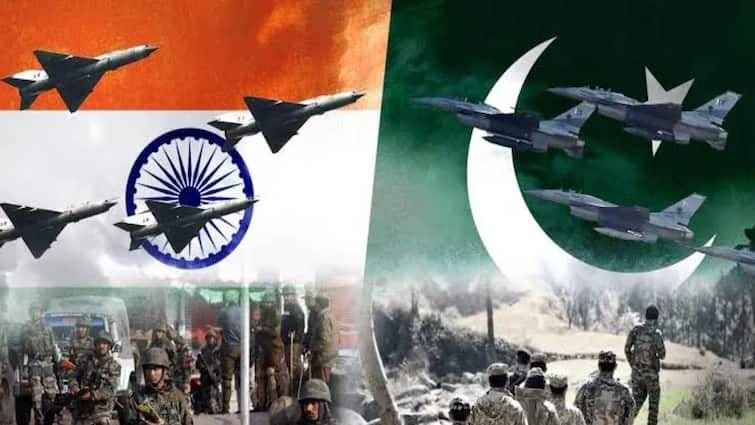Tom cooper on India Pakistan conflict: After the Pahalgam terror incident, 7 May brought a decisive turn in the history of India. Under ‘Operation Sindoor’, India gave a tough and clear message against terrorism that now India will not sit silent on terrorist attacks. This action was taken just two weeks after the terrorist attack in Pahalgam on 22 April.
India targeted 9 terrorist camps of Jaish-e-Mohammed, Lashkar-e-Taiba and Hizbul Mujahideen present in Pakistan and Pakistan Occupied Kashmir (POK). These include Sawai Nala (Mehfarabad), Sayyedna Bilal Camp (Mehfarabad), Gulpur Camp (Kotli), Barnala Camp (Bhimbar), Abbas Camp (Kotli), Sarjal Camp (Sialkot), Mahmuna Zoya Camp (Sialkot), Markaz Tayyaba (Muridae Tayi) and Marakaz SubhanaAllah (Bahaanallah) militants include militants. Were.
Top Cooper said- India’s clear cut victory
‘Operation Sindoor’ was carried out in such a way that only terrorist bases should be targeted, so that any kind of widespread war could be avoided. This was a major change in India’s military policy at the strategic level. Its scope was limited, but a befitting reply. Famous Austrian military historian Tom Cooper has termed this strategy of the Indian Air Force as ‘clear cut victory’. According to him, “Pakistan’s fury is a proof of how effective India’s plan was.” He mentioned that Pakistan’s strategy of ‘nuclear threats’ failed, as India further strengthened its position by retaliating instead of fear and finally Pakistan had to suffer for a ceasefire after suffering heavy losses.
John Spencer said- Pakistan’s drone hub, airbase all destroyed
John Spencer, head of Urban Warfare Studies at the Modern War Institute, said, “India set a unique example of ‘strategic restraint and perseverance’ through ‘Operation Sindoor’. India has now started taking terrorist attacks as war action. India made it clear that it can target any target in Pakistan with accuracy. Pakistan could not distinguish the Indian defense system, while India destroyed its airbase and drone hub. With this campaign, India also proved its strategic freedom, as it handled the entire situation without any external mediation. ”
Jennifer Zeng said- Pakistan suffered a lot of loss
Apart from this, Jennifer Zeng, a member of the International Press Association, while describing this strategy of India and the defeat of Pakistan, said, ‘In Operation Sindoor’, India not only destroyed the terrorist camp, but also damaged Pakistan’s air defense system and military locations to a great extent. ‘
How Pakistan came on knees- full timeline
- To avenge the Pahalgam terror incident, India first attacked terrorist camps on May 7 with the help of Rafale aircraft and BrahMos missiles.
- After this, on 8 May, the Achchue-16 air defense system in Lahore, Pakistan was destroyed.
- On May 9, the air defense system of Pakistan was weakened by demolishing airbase like Noor Khan and Rafiki.
- Pakistan’s missiles and efforts for drone attacks were thwarted by India with systems like S-400.
- After this, on May 10, the DGMO of Pakistan appealed to India for ceasefire and demanded a ‘face-after-ramp’.
- On the beading of Pakistan, India struggled on its terms, which came into force at 5 pm on May 10.
War experts believe that ‘Operation Sindoor’ was not only a military campaign, but it is also a proof of India’s changed strategic thinking. This campaign gave a message that India will no longer tolerate cross -border terrorism. India destroyed the terrorist network using limited and accurate military forces without any major war, damaging Pakistan’s strategic capacity and yet gave top priority to the safety of common citizens. International experts like Tom Cooper, John Spencer and Jennifer Zeng have described this campaign as an example of India’s ‘strategic maturity and military superiority’.

